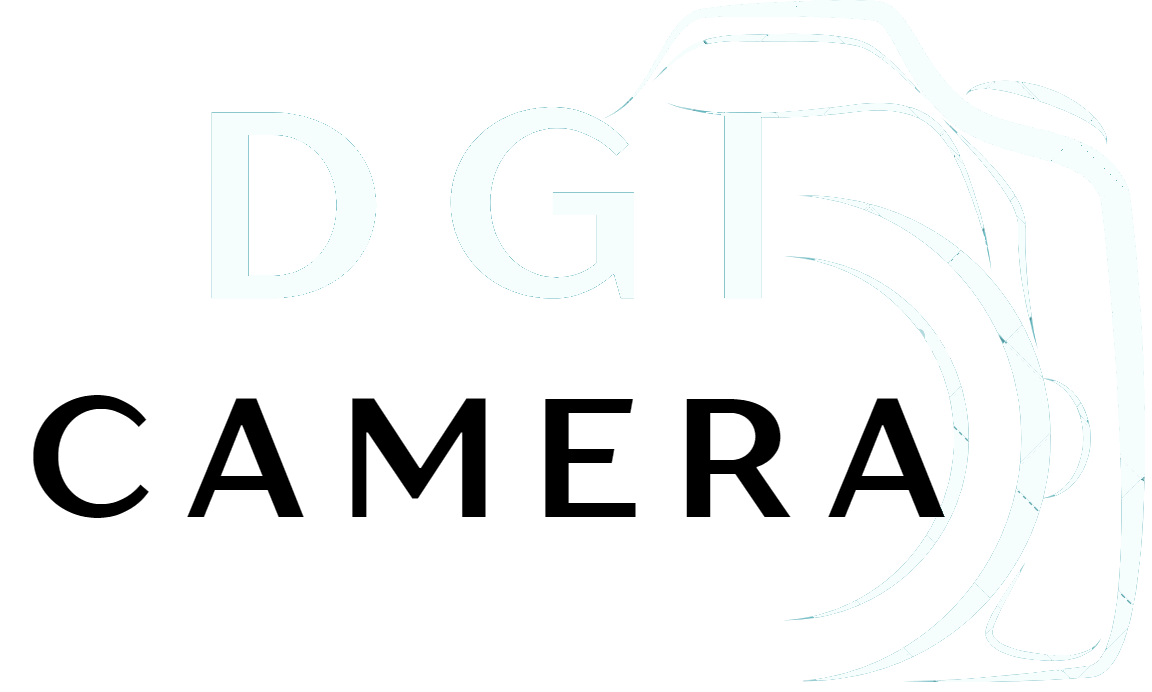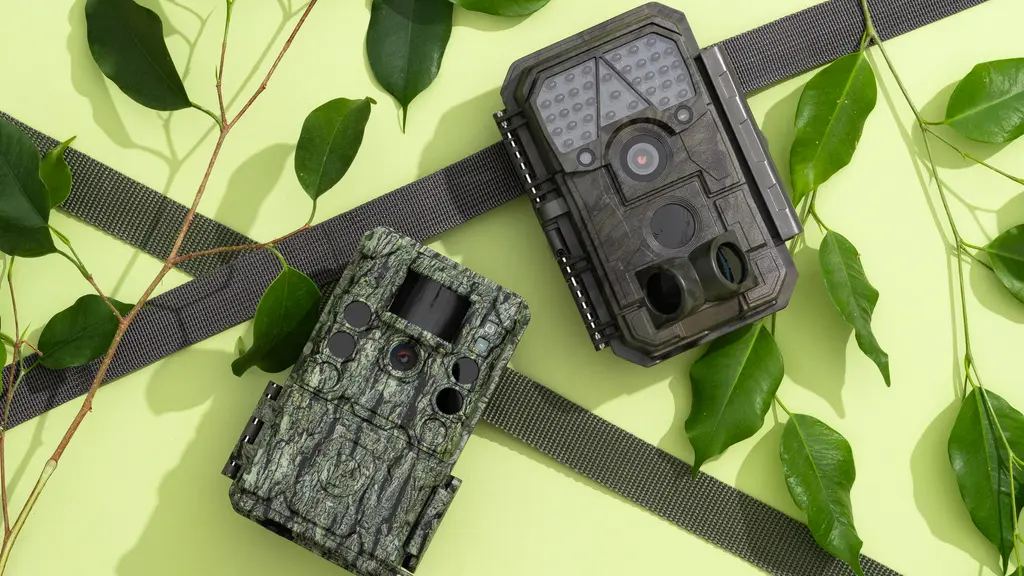Introduction: Why a Hunting Camera is Essential
In the world of hunting, patience is a virtue, but being prepared is paramount. This is where a hunting camera becomes your indispensable ally. These cameras allow you to track wildlife effectively, giving you insight into animal patterns and behaviors. Understanding when and where animals are most active can transform your hunting experience, allowing you to strategize and maximize your chances of success.
The role of technology in enhancing your hunting experience cannot be overstated. Modern hunting cameras are equipped with features that provide real-time updates and high-quality images, enabling you to make informed decisions. Whether you’re scouting a new location or monitoring a known area, a reliable hunting camera brings the outdoors to you, capturing moments that you might otherwise miss.
Key Features to Consider When Choosing a Hunting Camera
Resolution and Image Quality: Capturing Every Detail
When selecting a hunting camera, image resolution should be at the top of your list. A higher resolution means clearer images, allowing you to see more detail, which is crucial for identifying species and assessing the size of the game. Look for cameras with at least 12 megapixels; this ensures sharp and vibrant images that can even be used for prints or sharing with fellow enthusiasts.
Night Vision Capabilities: Hunting After Dark with Confidence
Wildlife doesn’t adhere to a strict schedule, which is why having a camera with robust night vision capabilities is essential. Infrared technology allows you to capture clear images in low-light conditions, giving you the confidence to monitor your hunting area during the nighttime. This feature not only enhances your surveillance but also opens up opportunities for nocturnal hunting.
Trigger Speed: The Importance of Quick Response Time
In the world of wildlife photography, timing is everything. A slow trigger speed can mean missing that perfect shot as an animal passes by. Look for cameras with a trigger speed of less than 0.5 seconds to ensure you capture those fleeting moments when animals are most active. The quicker the response, the better your chances of getting that coveted image.
Battery Life: Ensuring Longevity During Long Hunts
Battery life is another critical factor. Long hunts mean you need a camera that can keep up. Opt for models that offer extended battery life or even rechargeable options. Some cameras can run for months on a single set of batteries, while others may feature solar panels for continuous power. This ensures you’re always ready for action, no matter how long you’re out in the field.
Types of Hunting Cameras
Trail Cameras vs. Digital Cameras: What’s the Difference?
When choosing a hunting camera, it’s essential to understand the differences between trail cameras and traditional digital cameras. Trail cameras are designed specifically for outdoor use, equipped with features like motion detection and infrared flash. They’re typically left in the field for extended periods, capturing images automatically. On the other hand, digital cameras offer versatility but may not withstand harsh outdoor conditions as effectively.
Wireless vs. Wired Cameras: Choosing the Right Connection
Wireless cameras are becoming increasingly popular due to their ease of use and flexibility. They allow for remote viewing and are often equipped with Wi-Fi or cellular capabilities, enabling you to check your camera feed from your smartphone. Wired cameras, while reliable, can limit placement options. Evaluate your needs to determine which connection method best suits your hunting style.
The Importance of Durability in Hunting Cameras
Weather Resistance: Protecting Your Investment from the Elements
A hunting camera is an investment, and protecting it from the elements is essential. Look for cameras that boast weather resistance, ensuring they can withstand rain, snow, and extreme temperatures. Sealed cases and robust construction materials are indicators of a camera built for durability.
Shockproof Features: Ensuring Durability in Rugged Conditions
Hunting often involves rough terrain and potential bumps along the way. A shockproof camera can withstand the rigors of outdoor adventures, protecting your gear from damage. Check for specifications that highlight shock resistance or rugged design to ensure your camera can handle the challenges of the wild.
Understanding Hunting Camera Settings and Options
Customizable Settings: Tailoring Your Hunting Camera for Specific Needs
Every hunting scenario is different, and having customizable settings allows you to adapt quickly. Look for cameras that offer options to adjust sensitivity, delay times, and resolution. This flexibility ensures you capture the best possible images based on your unique situation.
Time-Lapse Functionality: Capturing Moments Over Extended Periods
Time-lapse photography can add an exciting dimension to your hunting experience. Many modern hunting cameras come equipped with time-lapse features, allowing you to document the movement of wildlife over extended periods. This feature can be particularly useful for observing patterns and behaviors in a specific area.
Selecting the Right Mounting Options
Types of Mounts: Tripods, Tree Mounts, and More
The right mounting option can significantly affect your camera’s performance. Consider different types of mounts, such as tripods for stability or tree mounts for strategic positioning. Selecting the appropriate mount will ensure your camera is secure and optimally placed for capturing those critical shots.
Positioning Your Hunting Camera for Optimal Shots
Placement is crucial in hunting photography. Knowing where to position your camera can make all the difference. Set your camera near trails, feeding areas, or water sources to increase your chances of capturing wildlife. Scout the location ahead of time to ensure you have the perfect vantage point.
How to Set Up Your Hunting Camera
Step-by-Step Guide to Initial Setup
Setting up your hunting camera may seem daunting, but it can be straightforward with the right steps. Start by unpacking your camera and reading the user manual to familiarize yourself with its features. Follow a step-by-step guide to ensure you’re correctly configuring settings for optimal use.
Tips for Placing Your Hunting Camera in the Field
When it’s time to place your camera, choose a location with a clear line of sight to where animals will be. Keep the camera low to the ground for a more natural perspective. Additionally, ensure that your camera is secured against theft or damage from wildlife.
Connectivity Features: What to Look For
Wi-Fi and Bluetooth Capabilities: Sharing Images with Ease
Modern hunting cameras often feature Wi-Fi and Bluetooth capabilities, allowing for easy sharing and monitoring. These features enable you to connect your camera to your smartphone or tablet, giving you immediate access to images and settings.
Remote Access: Controlling Your Hunting Camera from a Distance
Remote access is a game-changer for many hunters. With this feature, you can change settings, check the camera feed, and even receive alerts—all from a distance. This capability allows you to stay discreetly away from the area, reducing disturbances to wildlife.
Evaluating Price vs. Performance
Understanding the Cost Spectrum: Budget-Friendly vs. Premium Options
Hunting cameras come in a range of prices. It’s essential to find one that fits your budget while also meeting your performance needs. Evaluate the features you truly need and find a camera that offers the best value for your investment.
How to Balance Features and Price Effectively
When choosing a hunting camera, it’s vital to balance features with cost. Sometimes, opting for a slightly more expensive model with advanced features can prove beneficial in the long run. Assess what is most important to you, and find the perfect match for your requirements.
Comparing Popular Hunting Camera Brands
Top Brands in the Market: A Brief Overview
Many brands are vying for your attention in the hunting camera market. Research top brands known for quality and performance, such as Bushnell, Browning, and Reconyx. Understanding what each brand offers can help you make an informed decision.
Feature Comparisons: What Makes Each Brand Unique
Every brand has its unique selling points. Dive into feature comparisons to understand what makes each brand stand out. This knowledge will help you determine which camera best suits your needs.
User Reviews and Testimonials
Learning from the Experiences of Other Hunters
User reviews can provide invaluable insight into how a camera performs in real-world scenarios. Look for testimonials that highlight the experiences of other hunters, focusing on reliability, image quality, and ease of use.
Real-Life Success Stories: How the Right Camera Made a Difference
Hearing success stories from fellow hunters can inspire your choice. These accounts often showcase how a specific camera led to impressive captures or enhanced the hunting experience.
Maintenance and Care for Your Hunting Camera
Cleaning and Storage Tips for Longevity
Caring for your hunting camera is crucial for longevity. Regularly clean the lens and casing, and store the camera in a cool, dry place when not in use. Proper maintenance can significantly extend the life of your gear.
Troubleshooting Common Issues: Keeping Your Camera in Top Shape
Inevitably, you may encounter some issues with your camera. Familiarize yourself with common troubleshooting tips to ensure you can address any problems quickly. This preparedness will keep you shooting smoothly during your hunting trips.
Future Trends in Hunting Camera
Emerging Technologies: What to Expect in the Coming Years
The future of hunting cameras is bright, with new technologies on the horizon. From enhanced image sensors to smarter connectivity options, innovations will continue to elevate the hunting experience.
The Role of AI and Smart Technology in Hunting Camera
Artificial intelligence is beginning to play a significant role in the evolution of hunting cameras. From improved image recognition to automated alerts, AI will change how hunters engage with their cameras and the wildlife they monitor.
Conclusion: Making Your Choice Hunting Camera
Summarizing Key Factors to Consider When Choosing a Hunting Camera
As you contemplate which hunting camera to purchase, summarize the key features that matter most to you. Understanding what you need will lead to a more satisfying investment.
Encouragement to Invest in a Camera that Enhances Your Hunting Experience
Choosing the right camera can enhance your entire hunting journey. Investing in quality equipment means more successful hunts and memories to last a lifetime.
FAQs About Hunting Camera
Common Questions Answered: What You Need to Know Before Buying
Many potential buyers have similar questions about hunting cameras. Address common concerns to help clarify any doubts and provide reassurance.
Resources for Further Research: Where to Find Reliable Information
Guide readers to reputable sources for additional information about hunting cameras. This resourcefulness will empower them to make the best choice possible.

